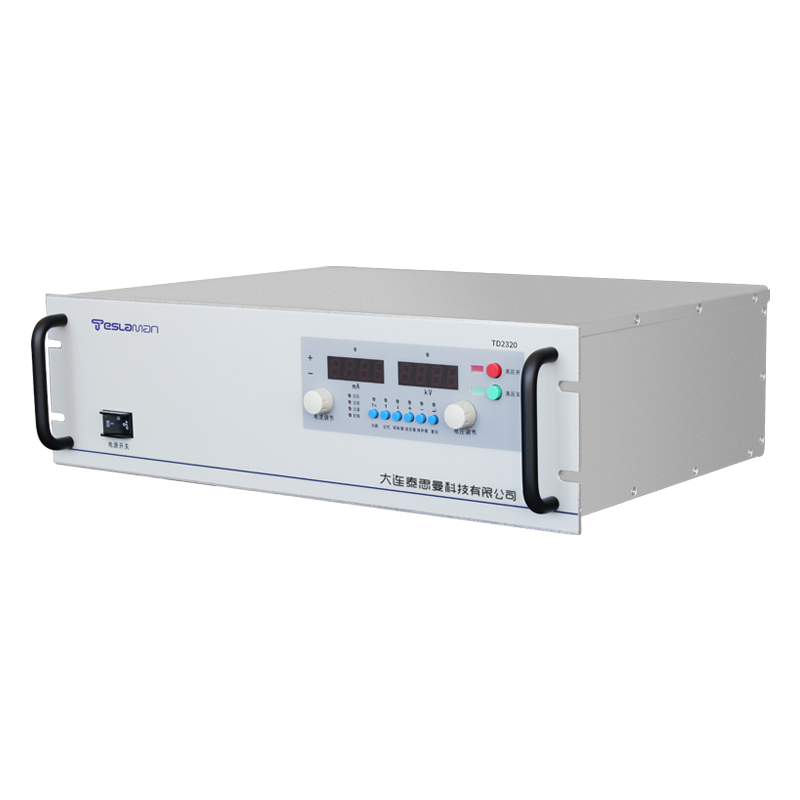Research on the Application of High Voltage Pulse Power Supplies in Radar Systems
Abstract
From a professional perspective, this article deeply explores the application of high voltage pulse power supplies in radar systems, analyzes their working principles, technical characteristics, and advantages. At the same time, it expounds on the technical challenges faced in practical applications and proposes corresponding optimization strategies, aiming to provide theoretical support and practical references for improving the performance of radar systems.
1. Introduction
With its powerful capabilities in target detection, positioning, and tracking, radar systems play an irreplaceable role in fields such as aerospace, military defense, and meteorological monitoring. As a core component of radar transmitters, the performance of high voltage pulse power supplies directly affects the detection range, resolution, and anti interference ability of radars. In depth research on the application of high voltage pulse power supplies in radar systems is of great significance for promoting the development of radar technology.
2. Working Principle of High Voltage Pulse Power Supplies in Radar Systems
In radar systems, high voltage pulse power supplies store electrical energy through energy storage elements (such as capacitor banks) and then release the energy in an extremely short time using switching devices (such as high voltage pulse modulators), generating high amplitude, narrow pulse width signals. After power amplification, these pulse signals drive radar antennas to radiate electromagnetic waves. When the electromagnetic waves encounter a target and reflect back to the radar receiver, the detection and positioning of the target are achieved by analyzing the echo signals. During the operation process, the parameters of the pulse waveform (pulse width, repetition frequency, peak voltage, etc.) can be flexibly adjusted according to the working mode and detection requirements of the radar.
3. Technical Advantages of High Voltage Pulse Power Supplies
High Instantaneous Power: High voltage pulse power supplies can release a huge amount of energy in an extremely short time, generating an instantaneous power of up to several megawatts or even higher. This provides sufficient energy for radar to emit strong electromagnetic waves, effectively increasing the radar's detection range and enabling it to detect distant targets.
Flexible Pulse Parameter Adjustment: Through the optimized design of the power control circuit, precise adjustment of pulse width, repetition frequency, and other parameters can be achieved. This feature enables the radar to adapt to different detection scenarios. For example, in close range high precision detection, a narrow pulse width is used to improve range resolution; in long range search, increasing the repetition frequency can enhance detection efficiency.
Good Anti Interference Ability: The unique pulse modulation method endows radar signals with specific coding characteristics. High voltage pulse power supplies, combined with advanced signal processing technologies, can effectively suppress external interference signals and improve the working stability of radars in complex electromagnetic environments.
4. Technical Challenges and Countermeasures in Practical Applications
Pulse Waveform Distortion: During long distance transmission or high frequency operation, high voltage pulses are prone to waveform distortion, affecting the detection accuracy of radars. By optimizing the design of transmission lines and using high performance filter circuits, losses and interference during signal transmission can be reduced, ensuring the integrity of the pulse waveform.
Power Efficiency and Heat Dissipation: High power output leads to serious heat generation in the internal components of the power supply, reducing power efficiency and affecting its service life. Therefore, it is necessary to use high efficiency power devices, optimize the heat dissipation structure (such as liquid cooling heat dissipation systems), and improve the power topology to enhance the overall energy conversion efficiency.
Electromagnetic Compatibility: The electromagnetic interference generated during the operation of high voltage pulse power supplies may affect the normal operation of other components of the radar system. By strengthening electromagnetic shielding design, rationally arranging circuit modules, and optimizing the grounding system, electromagnetic interference can be effectively reduced to meet the electromagnetic compatibility requirements of the radar system.
5. Conclusion
High voltage pulse power supplies have become an indispensable key component of radar systems due to their unique technical advantages. Although facing many technical challenges in practical applications, their performance and reliability can be effectively improved through continuous design optimization and technological innovation. In the future, with the continuous emergence of new materials and processes, the application of high voltage pulse power supplies in radar systems will become more extensive, injecting new impetus into the continuous development of radar technology.




















